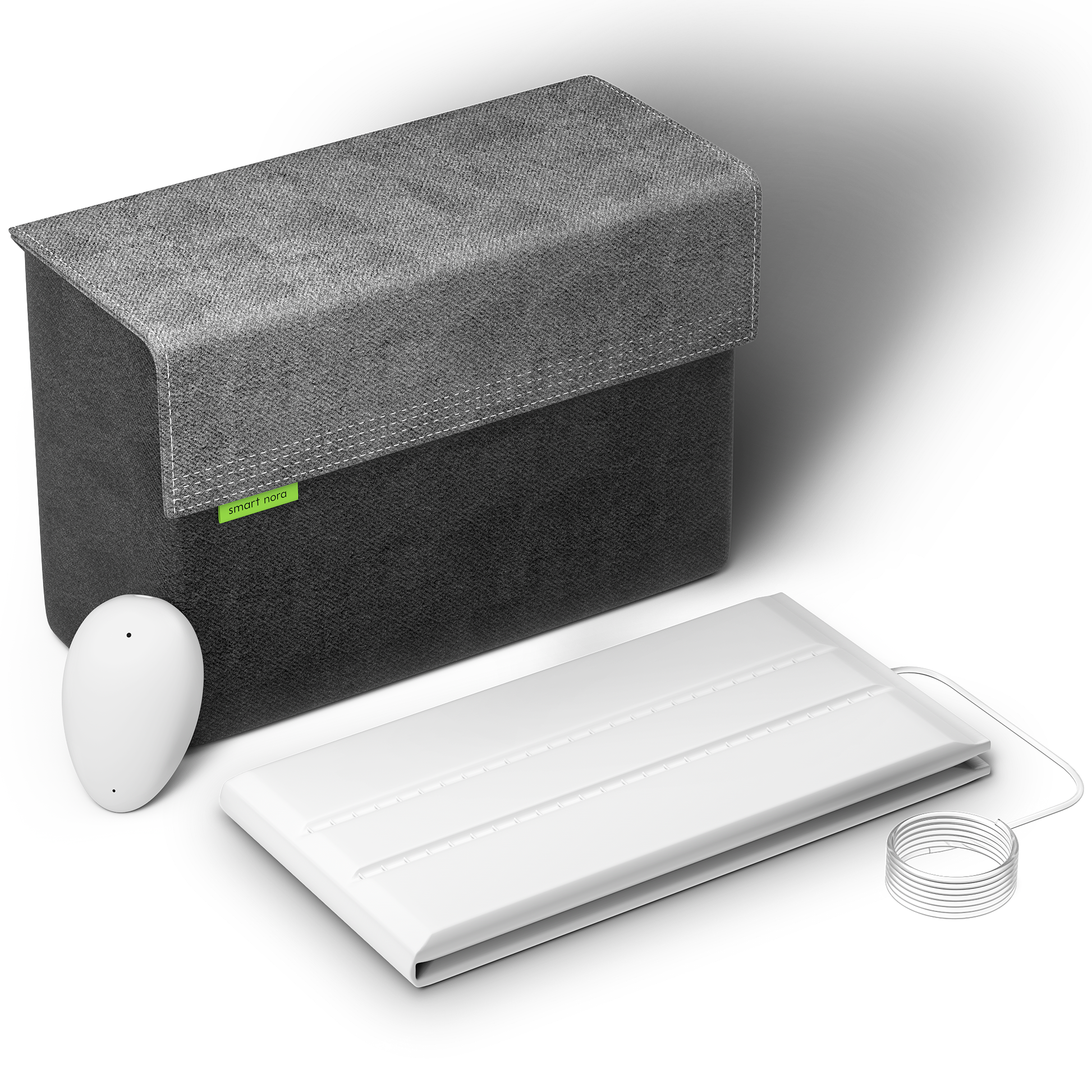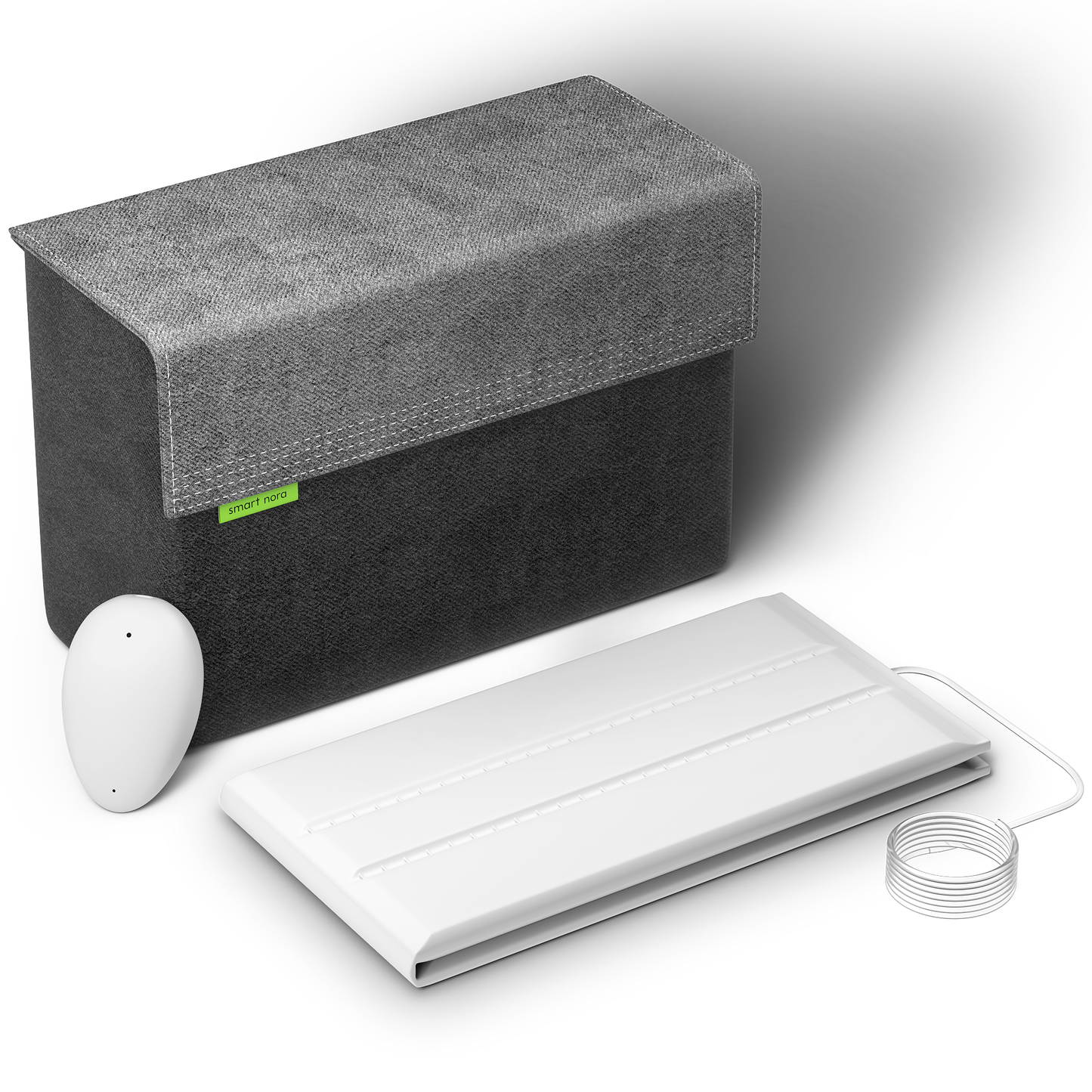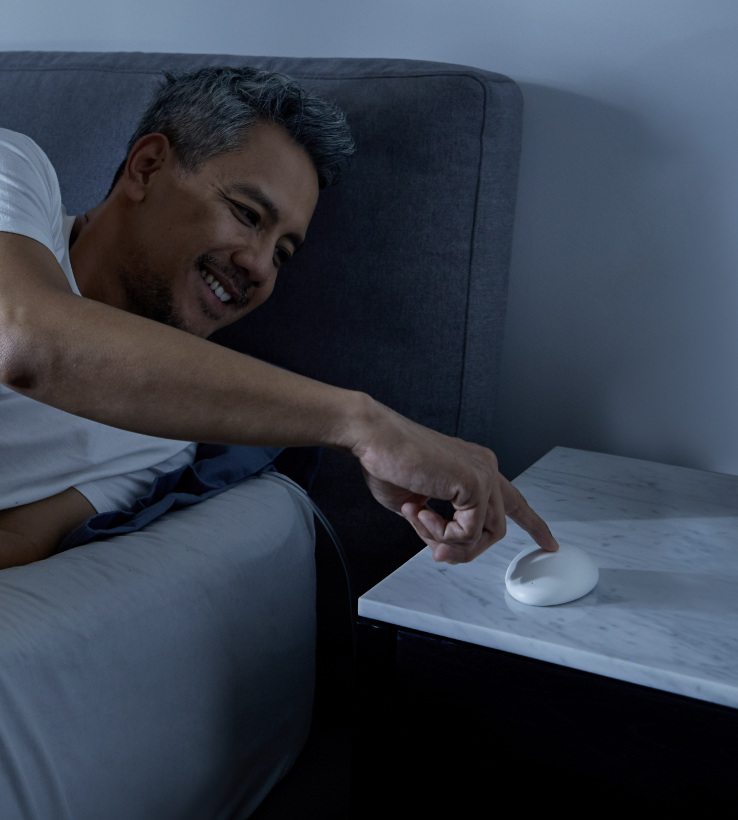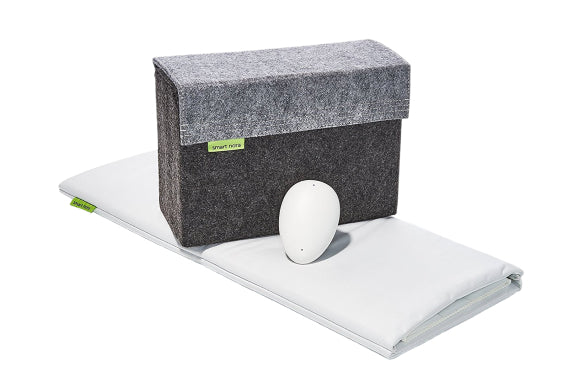
What is Lucid Dreaming?
The goal of every dreamer should be learning how to control their dreams; to become the pilot in these fantastic flights of fancy—and that is essentially what we’re describing. The problem is that most people don’t know how to have a lucid dream.
The truth is, only about 20-30% of us spontaneously experience this event, and even then only monthly. It is generally something that we stumble into accidentally when we suddenly realize that we’re dreaming, and find we can manipulate things in our dreams. Luckily, it is a skill you can learn.
Once you do understand that this is achievable, it is just a matter of time until you discover how to control your dreams, and suddenly know that anything is possible. The objective can be whatever you desire, from your most lurid fantasies to fantastic adventures, to everyone’s favorite… flying!
But, what is Lucid Dreaming? We all dream (whether you recall them or not), between three and seven times per night. There are various cycles of sleep that we pass in and out of all night long. Researchers use terms like Alpha, Beta, Delta, and Gamma to describe the predominant wave-cycle of a brain in different stages, but we‘ll use the more straightforward terms, called Awake, Dreamless sleep, REM sleep, and Deep sleep.
The most important stage in this discussion is called REM, for Rapid Eye Movement, which occurs when we are actively dreaming. To keep us from thrashing about and physically acting out our dreams (and maybe hurting ourselves), our bodies set a parking brake on most of our muscles, except the heart, lungs, and autonomic functions that keep us alive. Several triggers can cause this "brake" to slip (such as alcohol before bed), but generally we "freeze" during dreams.
Since the eyes are a part of the brain, they are not included in the general shut down. When we look around in a dream our eyes move, as if looking at the actual thing, hence “REM” sleep indicates dreaming. REM episodes start off short when we first fall asleep, but become progressively longer (reaching about an hour just before we wake up) as we cycle in and out of the various stages of sleep.
How to have a Lucid Dream?
So, you are wondering how to lucid dream. If you’re not one of the lucky 20-30% that already do this at least occasionally, you'll have to learn a technique.
Keep a record
If you have trouble recalling your dreams, keep a journal next to the bed and immediately record anything you remember upon waking. This trains your brain to be prepared to recall more detail over time. If you recall nothing, write that down just to maintain the habit.
Create Habits
While you are awake, stop periodically during the day and ask yourself if you are dreaming (knowing that you are not, of course) and read a billboard, check the clock, or count your fingers. Then do it a second time. Nothing changes, however… it establishes a meaningless habit that will carry over into your dreams after some time and adaptation.
The difference is that this is the ultimate tool for triggering lucid dreams. When you're in your dream, and you decide to count your fingers, you may find that the second time you count, you have one less or three extras, or they're an unusual color. If you look at a clock it might be one time, but if you look away and back again, the time is entirely different; reading a billboard may say one thing, but on second glance it changes completely. These are called “reality checks” and reveal when you are dreaming, after which you can take control.
You may be in your house and then suddenly you’re at work with no memory of having traveled the intervening distance. This isn’t right, you think to yourself. I must be dreaming! And yes, you are, but now you realize it, and you can change things… When “reality” starts to change like cut-scenes in a movie it reveals that you are dreaming.
Now you can simply decide to teleport to any location, such as the Moon and bounce around the surface, or to suddenly be back in a car on that vacation trip driving through the Rocky Mountains. You can be driving a Bugatti Veyron at 300 mph around a race track, or dancing with your favorite movie star.
Making it happen
For the 70-80% of non-lucid dreamers, you have to cause a lucid dream. Once you get your first one, the rest will come easily. How to lucid dream is not difficult to learn, but it will take a little time and practice.
At night, before bedtime, create a little mantra, such as “I will dream lucidly tonight." As you are preparing to fall asleep, repeat it over and over, slowly and steadily, in time with your breathing. It could take days or (sometimes) even weeks to work, but the results are well worth the time and trivial effort to learn how to control your dreams.
Things you should know
To boost your chances, you should be aware that eight hours of continuous sleep is a myth created by modern society. As any parent will tell you, babies sleep about 17 hours per day, but in 2-4 hour increments and most of it is REM sleep, essential for brain development.
The elderly sleep for 6-7 hours, and may nap midday. Throughout history, people went to bed when it got dark, slept for about four hours, woke, maybe ate something, peed, or just stared at stars, then went back to sleep about 20 minutes later for another three or four hours. That’s just historical fact and part of our evolution.
If you awaken in the middle of your sleep period, this will be the perfect time to repeat your mantra: “I will dream lucidly” as you drift off again. The second sleep cycle is where REM sleep is most likely to produce a lucid dream, so take advantage of it! Some people even set the alarm to wake up four hours after retiring so they can speed up the learning process.
Once you learn how to have a lucid dream, going to bed will be a new adventure every night! If only we bothered to teach our kids this skill! They would be in bed, on time, every night—on their way to conquer (or fly on) dragons, fight space Battle Lords, or practice shooting basketball hoops perfectly every single time.
The Benefits of Lucid Dreaming
“Shooting hoops” brings up an important point. Once you gain control of your dreams, you can learn real-life skills while you sleep. Dream-control gives you the chance to build confidence by standing in front of an audience of thousands and practicing that perfect speech presentation; you can practice a sporting skill in a lucid dream; you can practice playing a musical instrument, or any skill you can imagine within that dream. And the best part, as hockey players, billiard players, musicians, and more have reported, is that the skills carry over into real life.
Researchers have revealed that you use precisely the same portions of your brain to practice a skill in a lucid dream as you do when you are physically awake and practicing. The same neuronal areas light up and become active during a functional MRI (fMRI) session when lucidly dreaming about practicing as when performing the actual activity.
The Takeaway
So, what is lucid dreaming? It is complete control over your nighttime adventures! You can go anywhere, do anything, be with anybody, and have precisely the experience you want to have. Yes, we have virtual reality on the horizon, and it's going to be a tremendous technological thrill for everyone.
However, there is a fundamental difference between experiencing what some engineers have created, and having complete, total, ultimate control over your exact experience. We play video games or watch movies because we want to surrender control and experience someone else's vision.
For a completely different experience, there is Lucid Dreaming, where you’re the boss and get to make all of the decisions. Try it tonight, and the next, and the next, until it turns on, and you can fly like a superhero, saving the day, or visit the International Space Station without spending 20 million dollars, and learning Russian…
C’mon…it‘ll be fun…











